Social Awareness
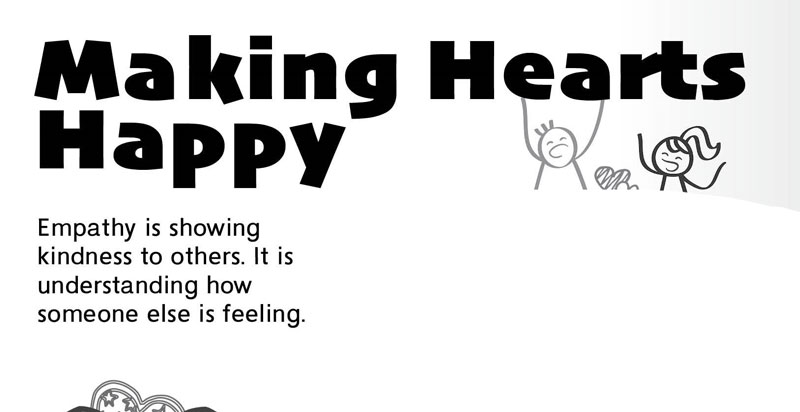
Find this activity in the student portfolio
Objective: Students will be able to demonstrate empathy and compassion for others.
Estimated Duration: 20 minutes
Description: Empathy is the ability to be aware of the feelings of others and imagine what it might be like to be in their position.
Empathy is an integral part in positive friendships and relationships. It helps to reduce conflict and misunderstandings and leads to helping behavior, kindness, and greater success in life.
It is important for students to learn empathy because it helps them to understand how others feel so they can respond appropriately to a situation. It also helps them build a sense of security and stronger relationships with other children and teachers.
Before beginning this activity, ask students to describe how they are feeling. Understanding your own feelings is an important first step in understanding the feelings of others. As students describe how they are feeling, make sure that the other students are actively listening.
After students complete a dot-to-dot, they will identify ways they show kindness to others by having them draw a picture of how they can make someone’s heart happy.
Teachable Moments: There are many ways you can help students build empathy and kindness for others:
- Model kindness and empathy to your students.
- Let your students know they are not alone and listen closely to them.
- Encourage empathy in your students and don’t force apologies.
- Talk to your students about their feelings, as understanding their own feelings is an important step in understanding the feelings of others.
- Have students help out around the classroom. Helping others develop kindness and caring.
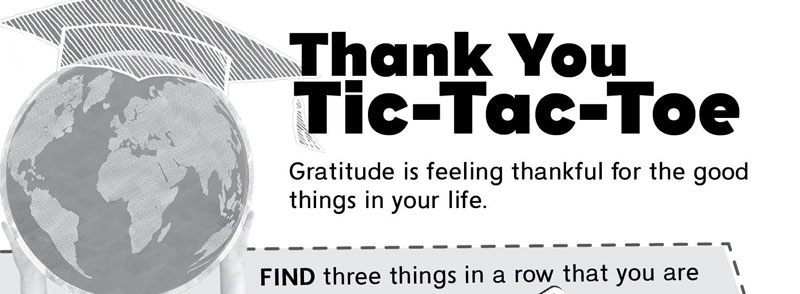
Find this activity in the student portfolio
Objective: Students will understand and express gratitude.
Estimated Duration: 15 minutes
Description: Gratitude is an important skill for students to understand. Studies have shown that expressing gratitude is one of the easiest ways to increase your happiness.
Teaching students an attitude of gratitude is helping them look at situations from a positive point of view instead of a negative one. Gratitude is when we express appreciation and thanks for the good things in our lives. We can be thankful for the things we receive, the people around us, and the fun things we experience and do.
But gratitude goes much deeper than saying thank you, it is a mindset. Focusing on the positive things in your life can help you build a stronger sense of self. Students who are grateful tend to be happier, more optimistic, and have better social supports.
Before beginning this activity, tell students some things you are thankful for in your life. Explain some ways you have expressed gratitude to others. Then, ask them to name some things they are thankful for in their life.
This activity will help students identify things that they are grateful for in their lives. Students will find 3 things they are thankful for on a tic-tac-toe board.
Teachable Moments: There are many ways you can help students understand and express gratitude:
- Lead by example, show students how you express your gratitude to others with your actions and words.
- Encourage the use of manners (saying please and thank you) in the classroom.
- Practice mindful breathing together, ideally first thing in the morning. Have students take a moment to notice and give thanks.
- Choose a time to express gratefulness together as a class. You might have the class write letters of thanks to another class or visitor you might have had or talk about what was good in their day.
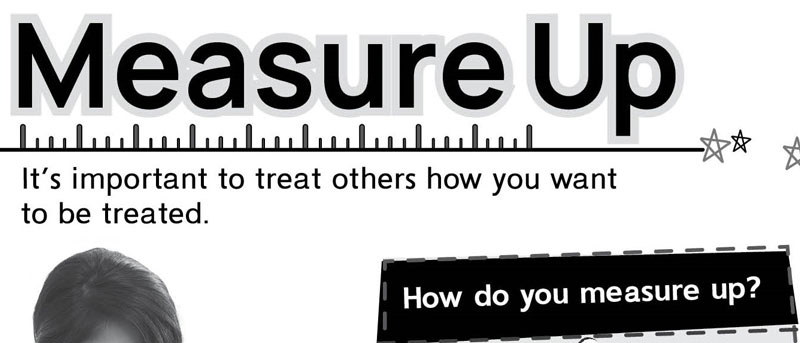
Find this activity in the student portfolio
Objective: Students will be able to understand how to treat others with respect and kindness.
Estimated Duration: 15 minutes
Description: Teaching children to treat others how they want to be treated is essential. It is the first step in learning how to be respectful and is one of the most important virtues a child can have. Teaching your students how to respect others will ensure they develop positive relationships with their family, friends, and communities throughout their life. Helping students learn how to respect one another and show kindness will encourage them to take responsibility for their own mistakes and better tolerate the mistakes of others.
Before beginning this activity, ask students to define respect. Have them give examples of what it means to show respect to others. Ask them to share how they like to be treated by others.
This activity will help students identify the ways they treat others with kindness and respect. They will color all the things they do to follow the golden rule.
Teachable Moments: There are many ways you can help students show respect and kindness to others:
- Combine the word respect with other words to give it a positive meaning. Say things like, "Helping your friend at recess was thoughtful. What a kind and respectful thing you did. Thank you."
- Be a role model. Let your students hear you saying kind and respectful things to other students and adults.
- Teach students how to give compliments and respond to classmates using respectful language (even when they don’t agree or have a different opinion). Display prompts like, "I agree with you...; It’s nice to know that you...; I have a thought about that too..." to help students find the words they need to show respect. Doing so can help them express their thoughts to others more clearly and in a positive manner.
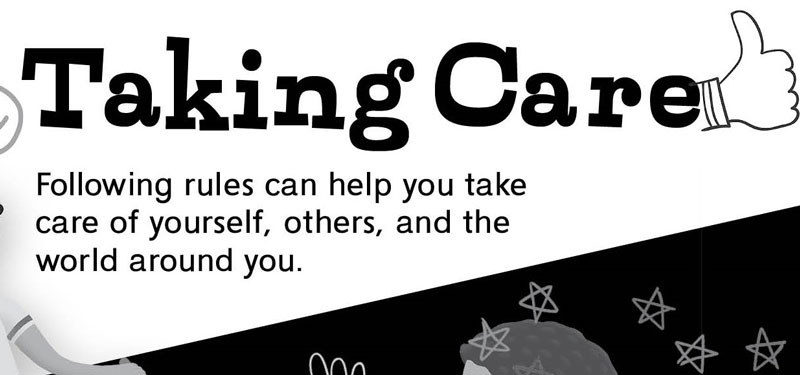
Find this activity in the student portfolio
Objective: Students will be able to understand rules for taking care of themselves, others, and their world.
Estimated Duration: 15 minutes
Description: It is important to help students understand rules for taking care of themselves, others, and their world. Following rules in these situations will help them to stay safe and be healthy. It also shows others they know how to be respectful to people and property. When people respect one another, it shows they care.
Before beginning this activity, ask students to share rules they follow to help them stay safe and be healthy. Ask them how they take care of themselves, others, and their world.
This activity will help students understand rules that help and ones that do not. Students will draw a happy face on ways that help and a sad face on ones that do not.
Teachable Moments: There are many ways you can help students to learn how to behave in different situations:
- Play games that help teach children listening and following directions. Set rules for the games that are easy to follow, but have clear consequences (e.g., Simon Says).
- Read books that have lessons about characters who follow the rules and characters who do not. Talk about the consequences of not following rules.
- Role play situations where children need to follow rules to stay safe or be healthy. Have students pretend to cross the street, carry scissors, etc. and act out what to do and not to do. Talk about why those rules are important.
- Keep rules simple and use language that is familiar to them. Say, "Please put the blocks back in the bucket," instead of "Pease help clean."
Foldable®: Shared Moments
Estimated Duration: 25-30 minutes

- Cut along the outside solid black line of the two One-Tab Foldables.
- Fold along the dotted line at the bottom of each rectangle to form an anchor tab.
- Glue the folded tab on top of the gray spaces in the student book labeled How I Take Care of Me and How I Take Care of Others.
- Show students how to help each other trace their small hands inside the large hands on the front of the tabs. Some students might need a fellow student to trace round their hand while they hold their hand in place.
- Under the tabs labeled How I take care of me and How I take care of others, students draw examples of ways they are helpers taking care of themselves and others.
Go to other SEL competencies in this book (Primary 1 - Grades PreK–K):
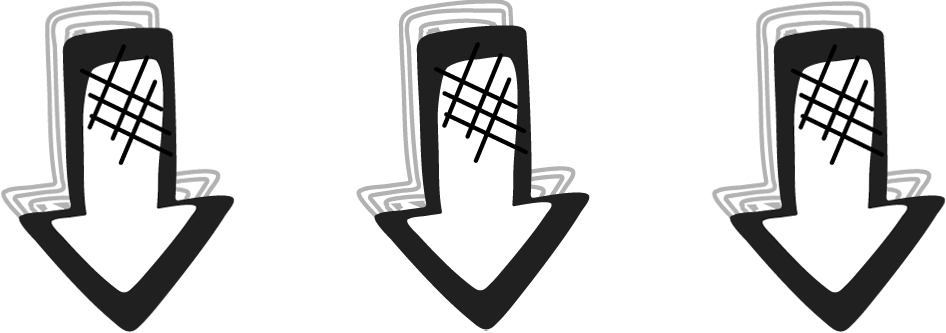
The teaching suggestions only work in accompaniment with the student portfolio, which has all the activity pages.
The teaching suggestions here are also available within a PDF of the entire teacher's manual.